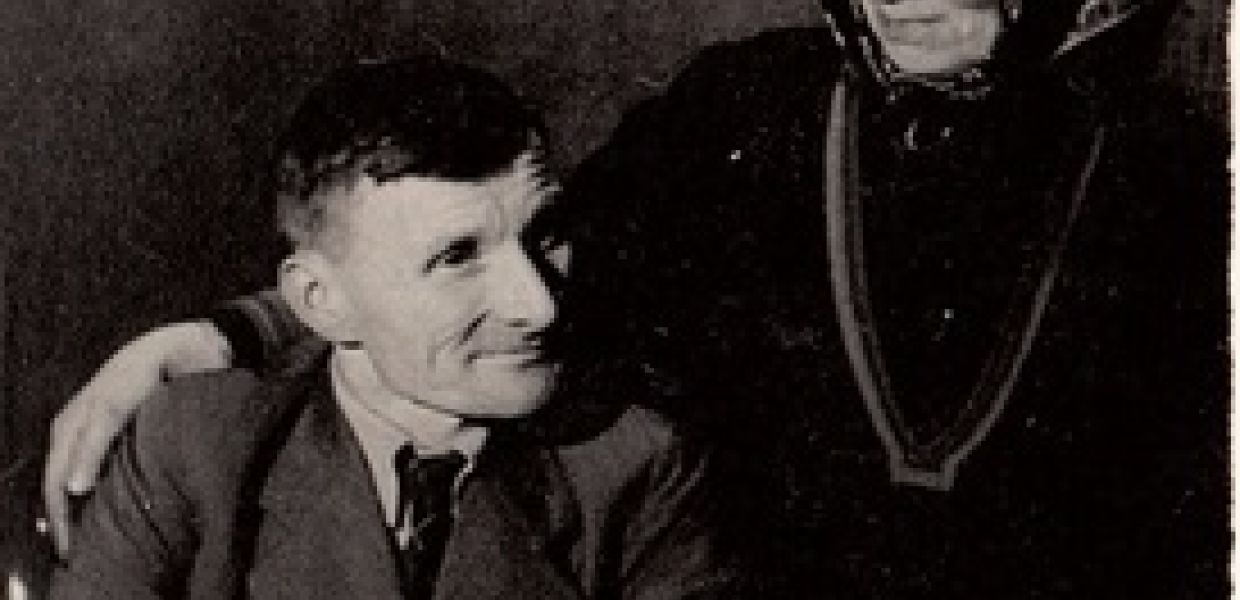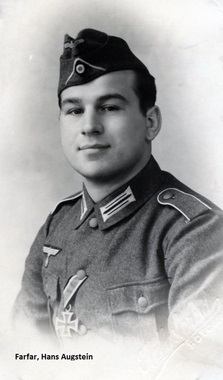The week our untold stories came to light

Sarah McSeveny-Åril, senior advisor digital cultural heritage at the Arts Council Norway, writes about the EAwareness Norwegian chapter

Linda Van der Spa Her's story At de skulle arresteres visste jeg ikke!, Arts Council Norway, CC BY-SA
´Ready to record in.. 3-2-1´, I signalled a silent countdown with my hand and nodded encouragingly to 85-year-old Inga Karlsen who was sitting in front of me. She took a breath, looked down at the manuscript she had written and started to speak. To my confusion, I couldn’t understand a word of what she was saying. As the microphone I held picked up the melodic ups and downs of her voice, I quickly looked down at the neatly typed Norwegian text in front of her searching for a clue as to what was going on. It then struck me - Inga had decided that it was time to tell her story , and to tell it in her mother tongue, Sami.
Earlier this summer, the Arts Council Norway organised a national awareness-raising campaign based on World War Two as part of its work in the EAwareness project. The aim of the campaign was to reveal the untold stories of this time, with particular focus on the more sparsely documented role of the Sami people in the war effort and the events surrounding the burnings and evacuations of Northern Troms and Finmark. The Norwegian public were encouraged to search their attics and cellars, to speak to surviving relatives about their memories of the war, and then share these untold stories through the creation of digital stories. This was their history, and they were going to tell it their way; and this was exactly what Inga Karlsen did when she shared her story about her little brother and the Russian prisoners in Sami.
Digital storytelling workshops and an Open Archive Day were organised throughout the country as part of the campaign activities. Cultural sector employees, teachers and individuals met in two locations in northern Norway on the 3rd and 5th of June to create digital stories using material available via Europeana, from Norway and brought from home. ‘In connection with the Europeana Awareness campaign, “War history’s black hole”, I came across a report with information about my great-grandparents and maternal grandfather. It turns out that they were to be arrested, and fled to Sweden during the Second World War! This is completely new information for me and my family, and has now become a story that can help fill a hole in our war history,’ tells workshop participant Linda Van der Spa Her whose story can be found here (in Norwegian).
The Open Archives Day was a coordniated effort between 12 archives* on 3 June, where they opened their doors to the general public, offering to help them register and digitise their material.
The result was over 25 digital stories - a number which is still increasing - ranging from forgotten anecdotes about life during the war to personal stories from this time.
We are familiar with the requisition of vessels and vehicles for use in a war or crisis situation. However, in 1944 there was also a law regarding the requisition of the dogs to be used by the German army in the war effort. Listen to the story Soldier’s best friend to find out how was it for those who experienced foreign troops coming for their family pet (in Norwegian).
 Min farfar, en tysk soldat, CC BY-SA
Min farfar, en tysk soldat, CC BY-SA
Inger Kristin’s father had kept the photo carefully hidden in his wallet, never showing it to anyone. Who was the handsome young man in uniform in the picture? Was it just the uniform that turned out to be the problem? My grandfather, the German soldier is a granddaughter’s story about her grandfather who was a German soldier stationed in Narvik, but who sadly disappeared shortly after the war ended. (in Norwegian)
How did the Norwegian pilot Otto Andreassen from the 330 Squadron, based in Scotland throughout the war, get a message home to his family to say he was alive and coming home? Listen here (in Norwegian and English)
These are just a few examples of the outcomes of the campaign activities. Following the campaign, awareness of Europeana in Norway increased by 75%, with coverage of the campaign in both local and national media. These stories are now able to play a unique part in enriching Europe’s shared collective memory. Ensuring that current and future generations have the opportunity to explore a richer version of this period of Norwegian history through Europeana.
*List of archives involved: Opplandsarkivet Maihaugen, Statsarkivet i Trondheim / IKA Trøndelag / NTNU Universitetsbiblioteket / Trondheim byarkiv, IKA Møre og Romsdal, Arkiv i Nordland, IKA Kongsberg, Statsarkivet Hamar, Statsarkivet Bergen, Samisk arkiv Kautokeino, Statsarkivet i Kristiansand.
